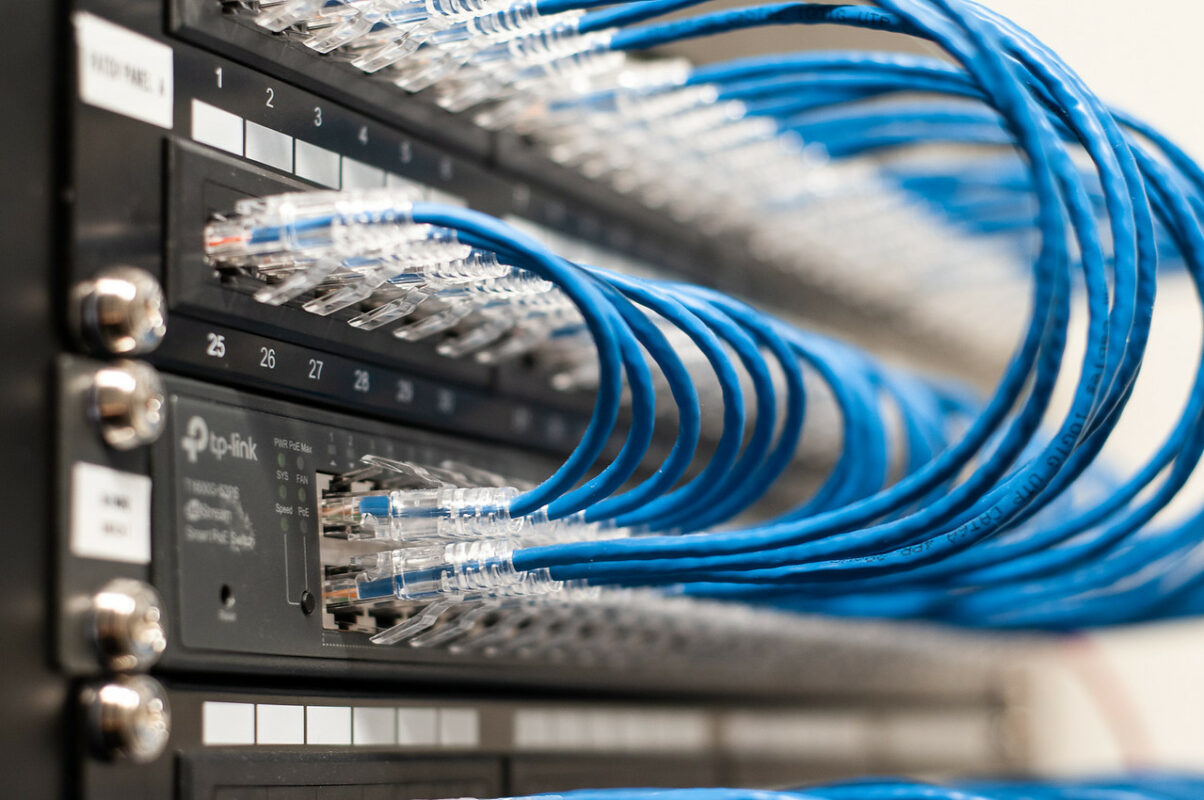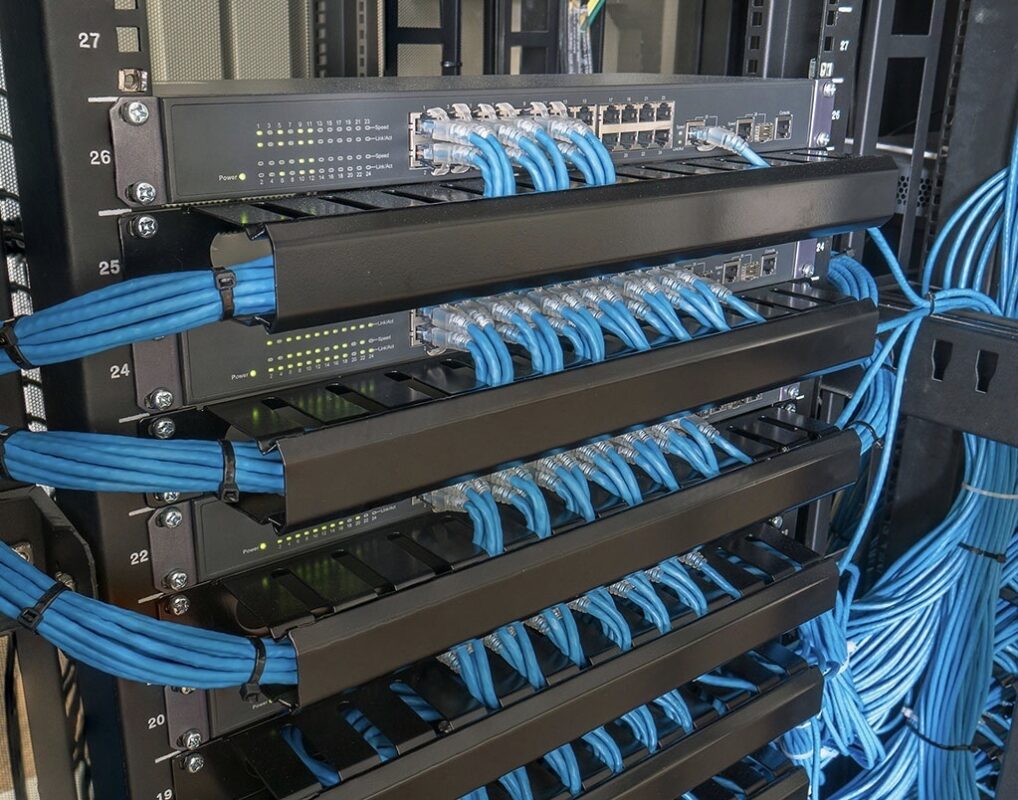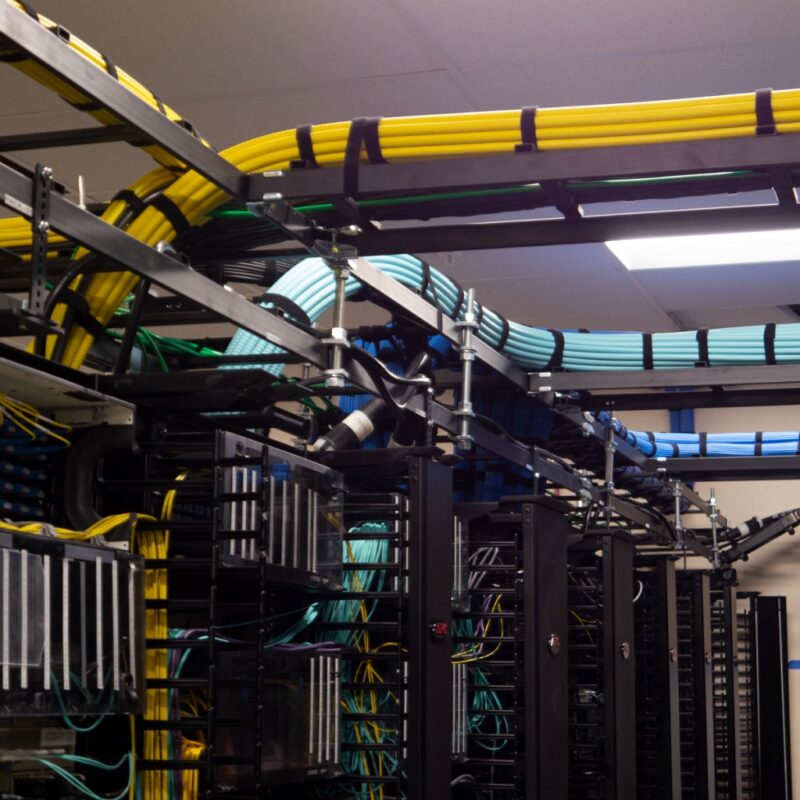Do you know what structured cabling is? Understand more about the subject
Structured data cabling is one of the investments that every company connected to the Internet must make. This is our guide to structured data cabling: what it is, why you need it, and how it will protect your business
The importance of structured cabling is often overlooked when a business is starting, renovating, or expanding. Of course, the world of technology is changing regularly and many people still have doubts about what structured cabling is.
Whether it’s a remote system, telephones, or large-scale servers, structured cabling keeps the day-to-day order of today’s bandwidth-intensive systems running with ease.
After all, what is structured cabling?
Structured cabling is like a telecommunications cabling infrastructure for buildings or campuses that consists of several smaller standardized (structured) elements.
A properly designed and installed system provides a cabling infrastructure that offers predictable performance and has the flexibility to accommodate movement, additions, and changes, maximizing environment availability, and providing redundancy and cabling system usability.
How important is it?
Organizations that have large, sophisticated, or complex environments, or companies with multiple departments with large numbers of employees, require an adequate and efficient network system that connects to all computers, faxes, printers, scanners, etc. if the cabling is not installed correctly, it can create rework and misuse in the organization.
But with a well-organized structured cabling system, it all became simple. To make the organization’s network system stable and durable, companies plan flexible architectures with multiple possibilities for use.
In this age of advanced technology, structured cabling is perhaps the best and most cost-effective solution for a large and efficient network system. There are many companies all over the world that provide cables and customer service solutions and are experts in manufacturing.
They offer unique and flexible structured cabling that is scalable to frequent redeployment and any type of network or infrastructure change without disrupting your workflow. The efficient network system greatly speeds up data transfer and reduces costs to a great extent.
What are the benefits of structured cabling?
While cables and wires are often hidden behind walls, structured cabling solutions provide much-needed benefits for businesses and data centers. Without this, the system is put at risk, especially during maintenance. Check out some of the benefits of structured cabling:
productivity improvement
Whenever it comes time to make moves or additions to the telecommunications infrastructure, separating the poorly organized wires that are tangled up inside the wall will slow down the process considerably. Structured cabling standards help organizations install wiring in a way that avoids these messy tangles while keeping the entire wiring infrastructure tidy. This results in less downtime and less room for human error.
Redundancy
A well-structured telecommunications infrastructure allows for redundant operations within the cabling. This improves the overall reliability and accessibility of the system, especially during maintenance. If a cable is compromised, easily implemented redundant wiring can keep communications going while repairs are made.
future usability
With the constant advances in telecommunications technology, it is important to have a system that is forward-adaptable. Structured cabling solutions enable this, making it easy to implement upgrades with minimal risk to the infrastructure. This makes structured cabling a good investment when it comes to preparing for the future, whether it involves upgrading an existing data center or building a new data center.
Simplicity
There is a high level of simplicity that comes with an organized cabling system. In a typical office environment, multiple different IT devices and equipment are being used at the same time, so running everything on a single system eliminates the complexity of having multiple cabling infrastructures in place.
For example, if a problem occurs, it is much easier to identify the problem and resolve it with structured network cabling. This means much less time and money wasted in the long run.
Economy
Structured data cabling is a cost-effective solution for your business to run smoothly. The scalable and highly flexible network will provide a continuous flow of information and be able to handle the high demands placed on it. This, in turn, will increase productivity and drive business success.
A simple cabling system also reduces energy and maintenance costs and eliminates the time and money spent locating and correcting any problems.
What do you have to consider for installation?
Installing data cabling with the adoption of a structured cabling system is critical to governing what goes where and which line should be connected to which.
With network performance and overall business operations depend on the stability and continuity of vital connections, it is essential that these cabling systems are tested before, during, and after installation.
Cable Installation
The decision to invest in a structured cabling solution can take a big chunk out of your organization’s budget — especially if the business is scalable or distributed across multiple locations.
As the cost of replacing cables becomes considerably higher when cable routes are covered, it is a good idea to allow for some form of inspection or testing of materials and configuration as the installation progresses. This can be done by arranging for the temporary interruption of cables as the installation proceeds, to allow for testing.
second correction
Between the time the cables are first laid (the first patch) and the time when all the trims are placed on their various connections (the termination or second patch), it is possible for the data cabling to suffer damage — for it is advisable to keep this time interval as short as possible.
Tips for choosing a structured cabling company
As you can see, structured cabling has many benefits and it would be wise to call in an expert to do it for you. Here are some general recommendations for choosing a structured cabling supply company:
- Study and compare customer reviews of pre-selected companies to verify their reliability, problem-solving ability, and speed of response;
- Look for a company that will minimize your downtime and have your cabling system up and running properly as quickly as possible;
- Make sure your as-designed structured cabling system can meet your current needs — and that the company is prepared to make changes in response to future changes;
- Look for a contractor that is prepared to handle all of your structured cabling and hardware testing, diagnostics and repair needs now and in the future.
Want to know more about structured cabling? Contact us!













